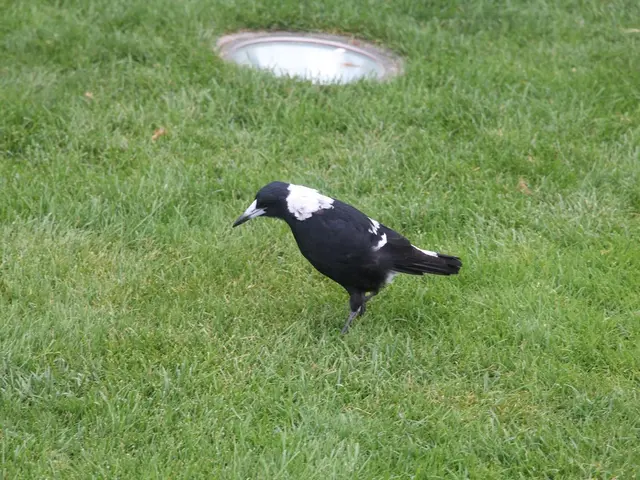Guidelines for Rose Trimming
In the realm of gardening, roses are a beloved plant that can bring vibrant colours and enchanting fragrances to any garden. However, to ensure a bountiful bloom season, it's essential to understand the unique pruning requirements for each type of rose. Here's a comprehensive guide to help you master the art of pruning roses.
### Modern Shrub Roses, English Roses, and Bush Roses (Hybrid Teas, Floribundas, etc.)
- Prune hard in late winter or early spring, just as buds begin to swell but before leaves unfurl. - Remove about one-third of the plant, focusing on dead, diseased, or damaged wood and stems thinner than a pencil. - Throughout the season, deadhead regularly by cutting just above the nearest healthy set of leaves or buds to promote new blooms. - Use clean, sharp pruners to avoid spreading disease, especially if moving between plants. - Thin out spindly branches and crossing canes to improve air circulation.
### Patio Roses (Miniature or Dwarf Varieties)
- Prune in late winter or early spring, but less severely. - Deadhead regularly during the growing season. - Remove crossing or diseased branches to maintain a neat, compact form.
### Rambling Roses
- Prune immediately after flowering in summer, as most ramblers bloom on the previous year’s growth. - Remove old, unproductive canes and thin out congested growth to encourage new shoots. - Tie in new canes as needed to fill the space, as ramblers tend to produce long, flexible growth. - Avoid heavy pruning in winter; instead, tidy up and remove dead wood, but retain most main canes.
### Species Roses (Wild or Botanical Roses)
- Prune lightly in late winter or early spring—these roses generally require minimal pruning to maintain their natural shape. - Remove dead, diseased, or crossing stems. - Avoid heavy cutting unless renovating an overgrown plant. - Deadhead sparingly; many species roses produce attractive hips, so consider leaving some spent flowers if desired.
### Climbing Roses
- Prune in late winter or early spring, removing dead, diseased, or weak canes. - Retain the main structural canes and spur prune (cut back) lateral shoots to about 3–6 buds. - Remove older, unproductive canes every few years to make way for vigorous new growth. - Train new canes horizontally along supports to encourage lateral flowering. - Deadhead occasionally during the season, but not necessarily as rigorously as with bush roses.
## General Pruning Tips
- Always use clean, sharp tools to prevent disease transmission. - Remove all debris from around the plant after pruning. - Mulch regularly to maintain soil moisture and health. - Prune to an outward-facing bud to encourage an open-centered shape and better air flow. - Light fall cleanup is sufficient; save major pruning for late winter or early spring.
By tailoring your approach to each rose type, you'll enjoy healthier plants and a more spectacular bloom season. Happy pruning!
- For Home-and-Garden enthusiasts seeking to beautify their yard, mastering the pruning of roses can significantly enhance their lifestyle by cultivating vibrant gardens filled with roses, providing a blend of colors and enchanting fragrances.
- In line with this, following a comprehensive guide for pruning different rose types, such as modern shrubs, patio roses, rambling roses, species roses, and climbing roses, will ensure a bountiful bloom season, aligning with the goals of a home-and-garden focused lifestyle that incorporates gardening.








